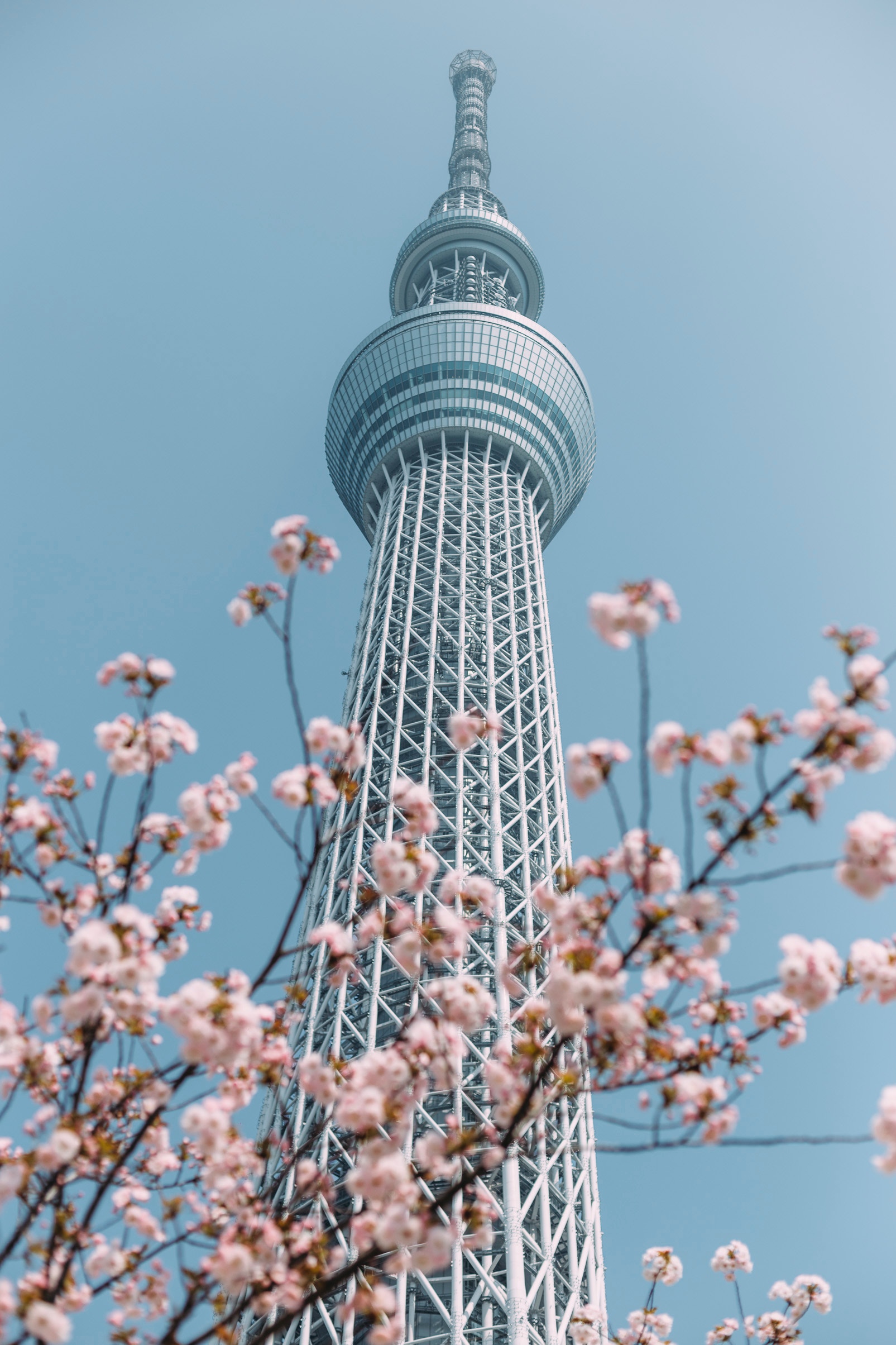Lesson 15. How to Express Superlative in Japanese


How to Express Superlative in Japanese
Just like comparative degree, there is no superlative degree form in Japanese. ‘The most’ for comparing three or more objects is commonly stated by 一番 (ichiban) or 最も (mottomo). Read: Comparative Degree – How to Compare Two Objects in Japanese. Let’s learn how to express superlatives in Japanese!
一番 (ichiban)
一番 (ichiban) is literally translated as ‘number one’. It is used colloquially.
Structure: 一番 + Adjective
Example:
冬が一番好きです。
Fuyu ga ichiban suki desu.
I like winter the most.
Note: it might sound odd, but 好き (suki) ‘like’ is actually na-adjective in Japanese.
If you want to show ‘within a scope’, use the following structure.
Country/region + で + 一番 + Adjective
の中で + 一番 + Adjective
Thus:
東京スカイツリーは日本で一番高い建物です。
Tōkyō sukaitsurī wa Nihon de ichiban takai tatemono desu.
Tokyo Sky Tree is the tallest building in Japan.
最も (mottomo)
On the other hand, 最も (mottomo), which means ‘the most’, sounds more formal.
Structure:
最も + Adjective
の中で + 最も + Adjective
Examples:
本州は日本で最も大きい島です。
Honshū wa Nihon de mottomo ōkī shima desu.
Honshu is the largest island in Japan.
第一歩が常に最も難しいです。
Daiippo ga tsuneni mottomo muzukashī desu.
The first step is always the hardest.
Superlative Questions
For superlative questions, we cannot use どちら (dochira) – it is used for two objects questions only. Instead, we use the question words, depending on the type of the objects.
誰 (dare) – people
どこ (doko) – place
いつ (itsu) – time
何か (nani) – other kinds
どれ (dore) – lists of items
Examples:
クラスの中で、誰が一番可愛いですか?
Kurasu no naka de, dare ga ichiban kawaii desu ka?
Who is the cutest in class?
乗り物の中で、何が一番速いですか?
Norimono no naka de, nani ga ichiban hayai desu ka?
Among the vehicles, which one is the fastest?
うどんとそばとラーメンの中で、どれが一番好きですか?
Udon to soba to rāmen no naka de, dore ga ichiban suki desu ka?
Among udon, soba, and ramen, which do you like the most?
The answer to the above question is:
Noun + が + 一番/最も + Adjective + です。
Try to answer the questions above.
お疲れ様でした!
Let’s learn Japanese today! Join us at LingoCards!
